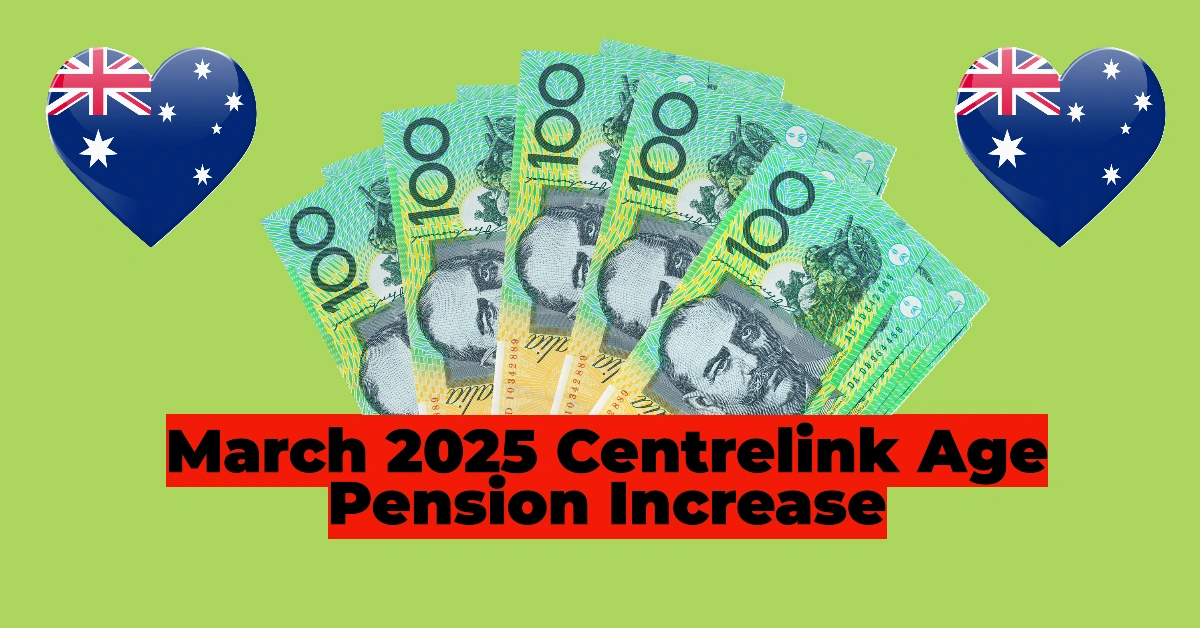

Minimum wage increases are a critical part of ensuring fair pay for workers and addressing inflation across Canada. As 2025 approaches, several provinces and territories are set to implement new minimum wage rates to reflect rising costs of living. Here’s a detailed look at the upcoming changes and how they impact workers nationwide.
Table of Contents
What is the Minimum Wage in Canada?
The minimum wage is the lowest hourly rate that employers must legally pay their employees. It exists in two forms:
- Federal Minimum Wage
- Applies to federally regulated sectors like banking, transportation, and postal services.
- Set annually and adjusted based on the Consumer Price Index (CPI).
- Provincial/Territorial Minimum Wages
- Governed by individual provinces or territories.
- Rates vary to reflect regional costs of living and inflation.
Highlights of Minimum Wage Changes in 2025
Nunavut: Leading the Nation
- Current Rate: $19.00/hour (as of January 2024).
- Next Adjustment: To be announced.
Nunavut holds the highest minimum wage in Canada, reflecting the territory’s elevated cost of living.
Federal Minimum Wage
- Current Rate: $17.30/hour (effective April 2024).
- Upcoming Increase: Expected to rise to $17.70/hour by April 2025, aligned with a projected CPI increase of 2%.
This rate applies to federally regulated industries such as transportation, banking, and postal services.
Nova Scotia
- Current Rate: $15.00/hour.
- Projected April 2025 Rate: $15.40/hour, reflecting inflation plus an additional 1%.
Nova Scotia’s steady increases aim to improve worker earnings over time.
Newfoundland and Labrador
- Current Rate: $15.60/hour.
- Future Increase: $15.91/hour starting April 1, 2025.
Incremental increases provide predictable growth for the province’s workforce.
New Brunswick
- Current Rate: $15.30/hour.
- Expected Adjustment: $15.77/hour by April 2025, based on CPI trends.
This adjustment ensures wages align with the province’s rising costs.
Yukon
- Current Rate: $17.59/hour.
- Next Adjustment: Projected to exceed $17.97/hour by April 2025, maintaining its rank among Canada’s top minimum wage regions.
Ontario
- Current Rate: $17.20/hour.
- Next Increase: Scheduled for October 2025, expected to reach $17.82/hour.
This aligns Ontario’s rate with inflation while offering one of the highest wages in Canada.
Average vs. Median Income in Canada: What’s the Difference?
Canada Workers Benefit 2024: What is & Who is Eligible for $1428 Payment?
Canada Hourly Wage Increase 2024: What You Need to Know
Canada Minimum Wage: Province-by-Province Breakdown (2024)
Canada Average Income 2024: What is the Monthly and Annual Income in Canada?
Why Minimum Wage Increases Matter
- Addressing Inflation: Wage increases ensure workers’ pay keeps pace with rising costs of living.
- Reducing Poverty: Higher minimum wages improve the quality of life for low-income workers.
- Boosting Economic Growth: Increased wages lead to greater consumer spending power.
FAQs About Minimum Wage in Canada
Who Determines the Federal Minimum Wage?
The federal government sets the rate, applicable to federally regulated industries.
Do Provinces Adjust Wages Annually?
Yes, most provinces align wage increases with inflation.
Which Province Has the Highest Minimum Wage?
Nunavut leads with $19.00/hour as of January 2024.
When Is the Next Federal Increase?
The federal minimum wage will adjust on April 1, 2025.
Summary of 2025 Minimum Wage Increases
| Province/Territory | Current Wage | Next Increase |
|---|---|---|
| Canada (Federal) | $17.30 | April 1, 2025 |
| Nunavut | $19.00 | TBD |
| Nova Scotia | $15.00 | April 1, 2025 |
| Newfoundland & Labrador | $15.60 | April 1, 2025 |
| New Brunswick | $15.30 | April 1, 2025 |
| Yukon | $17.59 | April 1, 2025 |
| Ontario | $17.20 | October 1, 2025 |
As these changes take effect, they underscore Canada’s commitment to fair wages and economic equity. Whether you’re a worker or employer, staying informed is essential to navigate these updates effectively.








Leave a Reply